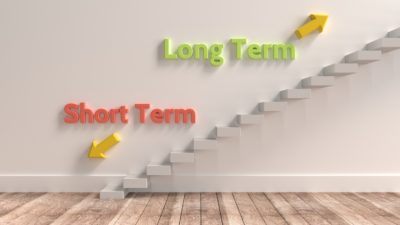Anybody buying shares in Royal Bank of Scotland (LSE: RBS) (NYSE: RBS.US) should prepare to enter a world of pain. The agony has been dragging on for years, with little end in sight. There have been the odd moments of pleasure, with the stock 30% higher than two years ago, but mostly it’s been like pulling teeth.
The pain has intensified lately, with RBS falling nearly 20% over the last six months. Its full-year profits were torture, with a pre-tax operating loss of £8.2 billion for 2013. This followed news that RBS was setting aside another £1.9 billion to cover possible mis-selling claims over US home loans.
Game Of Chance
Of all the mud that has stuck to RBS in recent years, the stinkiest involved claims that it had driven small-company clients out of business, to seize their assets. It appointed its own investigator, law firm Clifford Chance, to carry out a “thorough and independent” review of the allegations, and claims to be exonerated by the findings. It has even threatened to sue Lawrence Tomlinson, whose report for the government contained the allegations, for libel.
But others remain sceptical. Rival law firm Berg has claimed the investigation “did not look at any factual disputes”, and pointed that the files reviewed were provided by RBS. Normally, I would say that a battle over this is the last thing RBS needs, but given all the pain investors have swallowed, it can hardly make matters worse. The bank is now trying to rebuild its reputation among SME customers, but has to scale a mountain of cynicism first. As in everything else.
Wondering when the government will start selling off its stake in RBS has only added to the torment. There has been speculation that the first sell-off could come this year, after RBS agreed a deal with the Treasury to scrap the Dividend Access Share (DAS), which barred shareholder pay-outs. It would look far more attractive to investors if it already offered an ongoing income stream.
Core Values
Before that can happen, the tortuous process of building its capital reserves must continue. Its core tier 1 capital cushion of 10.9% trails more solid rivals such as Barclays (13.2%) and HSBC (13.6%). It would help if RBS had returned to profitability, but that could take at least another two years. I wouldn’t put it past this government to spring a surprise and sell its first state before the May 2015 election, to give voters a timely reminder that the coalition is clearing up the mess left by its predecessor.
All pain, little gain, that’s RBS. That’s why you only pay 300p, down from 344p last time I looked at it, two months ago. If you buy now, you must brace yourself for further cricks and convulsions. But the pain won’t last forever. Grit your teeth, and in a few years you will hold shares in a profitable, dividend-yielding enterprise. Just make sure you can stand the pain in the interim.






